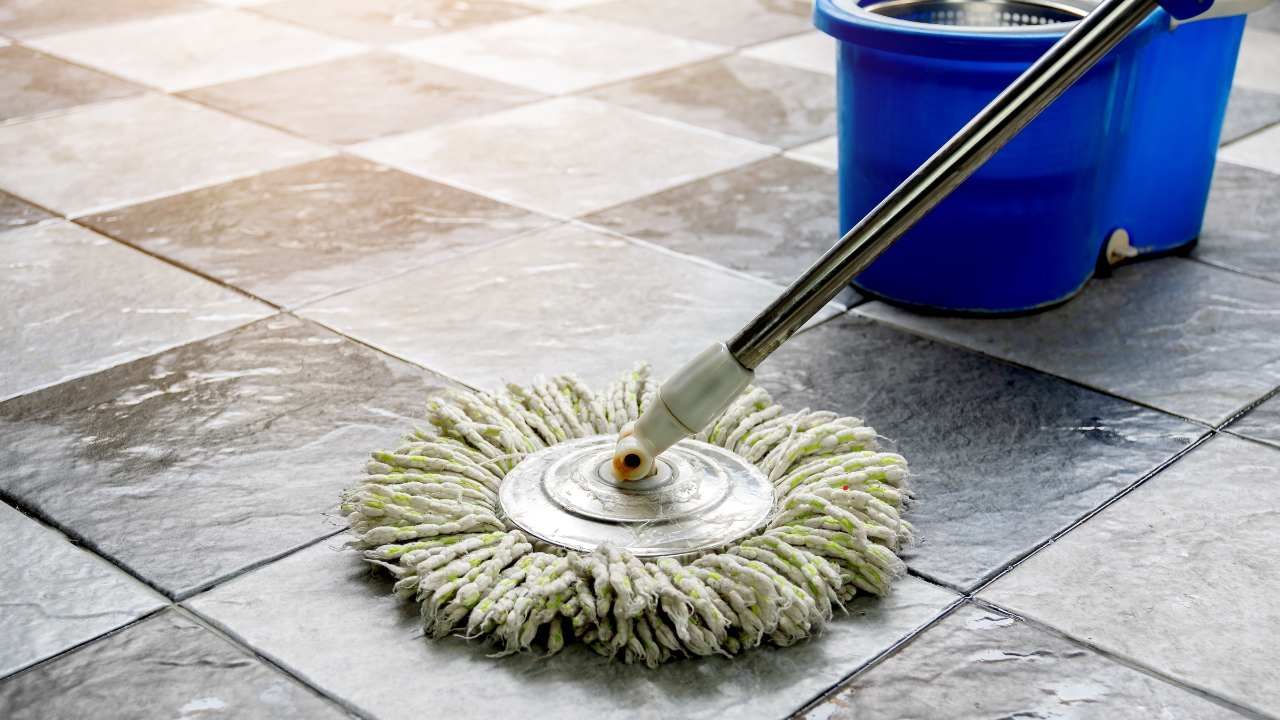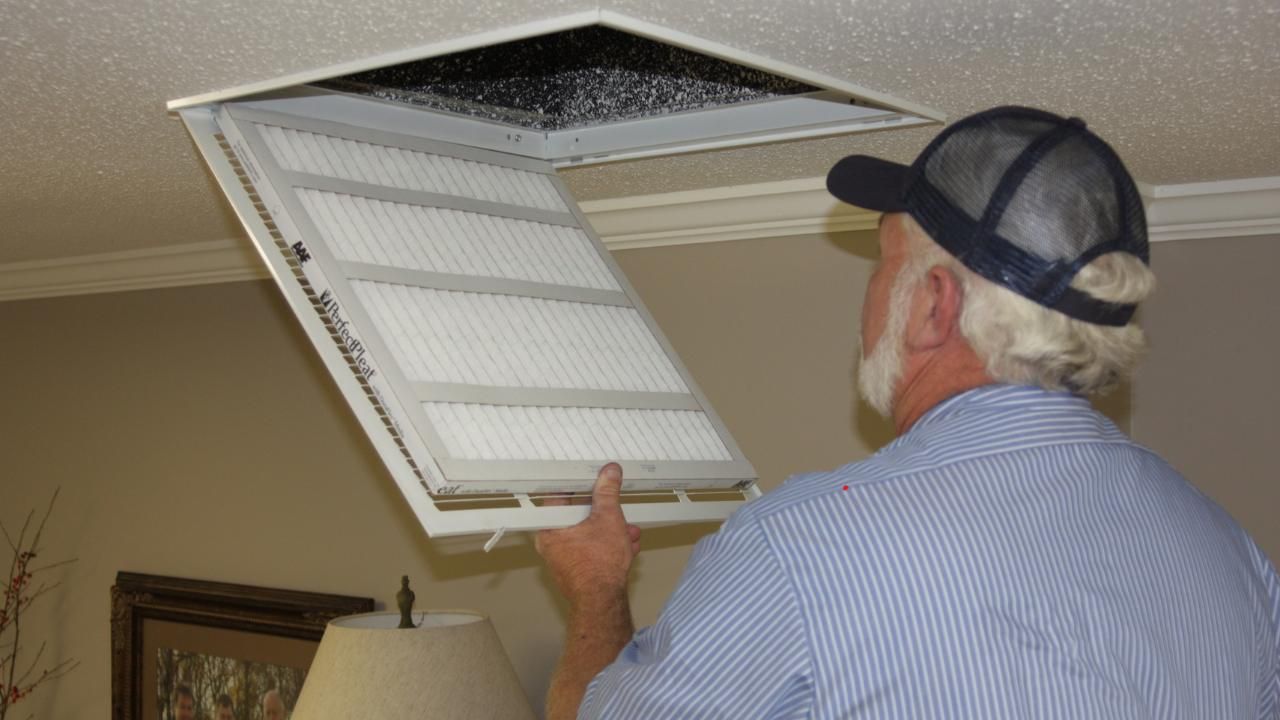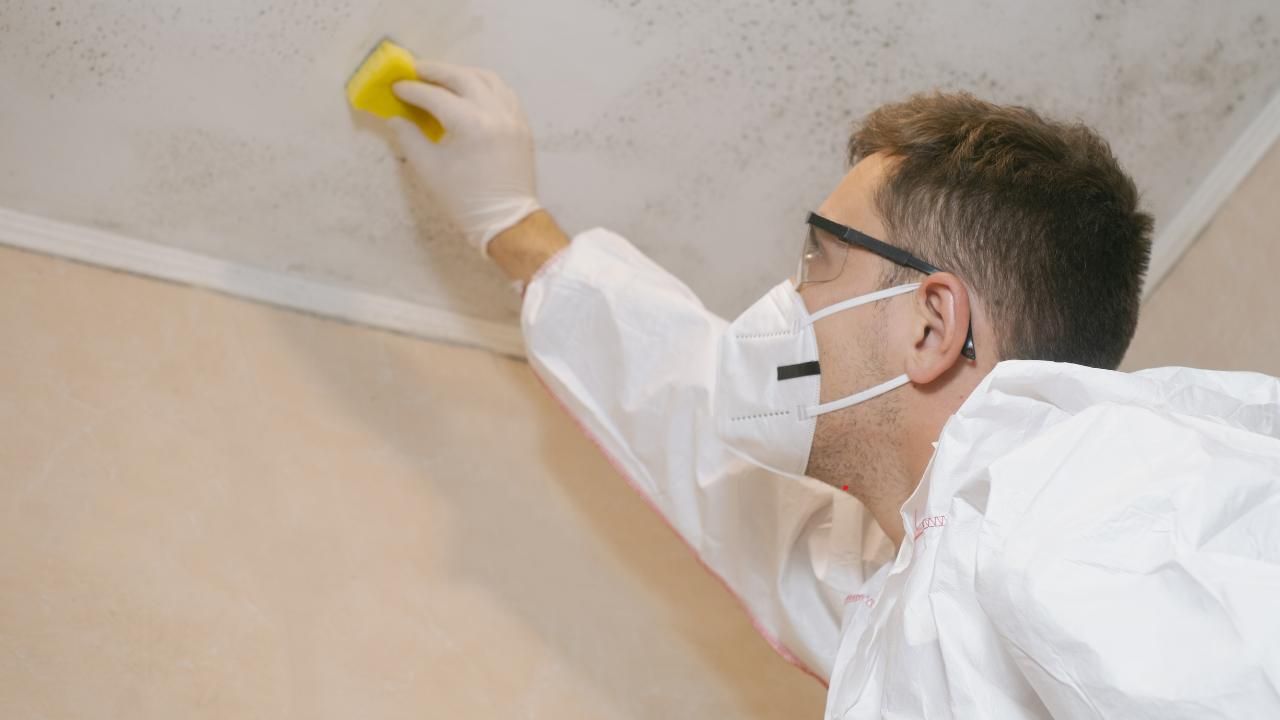Step-by-Step Guide to Drying Out After a Flood

When floodwater invades your home, it can feel like everything you’ve built is suddenly at risk. The damage can be devastating—but acting quickly and safely can make all the difference in saving your property and preventing long-term issues like mold. Whether you’re dealing with a few inches of water or a major flood, knowing what to do next is critical.
In this post, you’ll learn step-by-step how to safely dry out your home, protect your health, and prevent further damage. We’ll cover the right tools, timing, and safety precautions every homeowner should follow after a flood.
Step 1: Start with Safety First
Before you do anything, make sure it’s safe to re-enter your home. Turn off the electricity if it hasn’t already been shut off—water and electricity together can be deadly. Check for gas leaks or structural damage, and wear protective gear such as rubber boots, gloves, and a mask.
Floodwater isn’t just water—it’s often contaminated with sewage, bacteria, and chemicals. Avoid direct contact whenever possible. If the flooding was extensive, it’s often best to call professionals like Eco Kauai Services, who specialize in Kaua’i, Hi water damage repair, to assess the safety and integrity of your home before cleanup begins.
Step 2: Remove Standing Water Quickly
The longer water sits, the worse the damage gets. If the floodwater isn’t too deep, you can start with a wet/dry vacuum, mops, or buckets. For larger floods, rent a submersible pump or contact a restoration company with professional-grade equipment.
Be methodical—start from the lowest level of your home and work upward. As you pump out water, open windows and doors to allow air to circulate. Remember, humidity is your enemy; it can create ideal conditions for mold growth in as little as 24 hours.
Step 3: Focus on Drying and Dehumidifying
Once the standing water is gone, the real work begins—drying out every inch of your home. Fans, dehumidifiers, and air movers are your best tools. Point fans toward open windows to push moist air outside, and run dehumidifiers nonstop to remove lingering humidity.
- Pull up wet carpets and padding; they trap moisture underneath.
- Remove soaked insulation, drywall, and baseboards.
- Wipe down furniture and walls with disinfectant to prevent mold spores from spreading.
If you notice musty smells or discoloration on surfaces, you might already have a mold problem. That’s when calling a team that provides water damage and mold removal in Kauai is essential—they can professionally treat affected areas and ensure your home is safe to inhabit again.
Step 4: Clean and Disinfect Everything
Floodwater can leave behind bacteria and toxins. Use a mixture of bleach and water (about one cup per gallon) to disinfect hard surfaces like floors, walls, and countertops. Avoid mixing bleach with ammonia or other cleaners—it can release dangerous fumes.
Soft materials like mattresses, stuffed furniture, and certain fabrics may need to be discarded if they were soaked. It’s hard to remove contaminants from porous materials, and keeping them could pose a health risk.
Step 5: Inspect for Structural and Electrical Damage
Even after the house feels dry, hidden moisture can weaken structures over time. Have your foundation, walls, and floors inspected for signs of warping or cracking. Any outlets, switches, or appliances that were submerged should be checked—or replaced—by a licensed electrician.
A case study from Hanalei illustrates why this matters: after a severe storm, a homeowner thought her floors were dry after two days of fan use. But a week later, mold started growing behind the drywall. When she brought in professionals, they discovered water trapped under the subfloor—something only specialized moisture meters could detect. Acting early could have saved her thousands in repairs.
Step 6: Prevent Future Flood Damage
Once your home is restored, take preventive measures for the future:
- Install a sump pump or backflow valve.
- Keep gutters and drains clear.
- Use water-resistant materials in basements or lower levels.
- Elevate appliances and electrical outlets above potential flood lines.
Flood recovery is never easy, but acting fast and following the right steps can make it manageable—and even prevent lasting damage to your home.
If you’re dealing with flood damage right now, don’t wait for mold to set in. Contact Eco Kauai Services for reliable, professional restoration and repair to bring your home safely back to normal.




